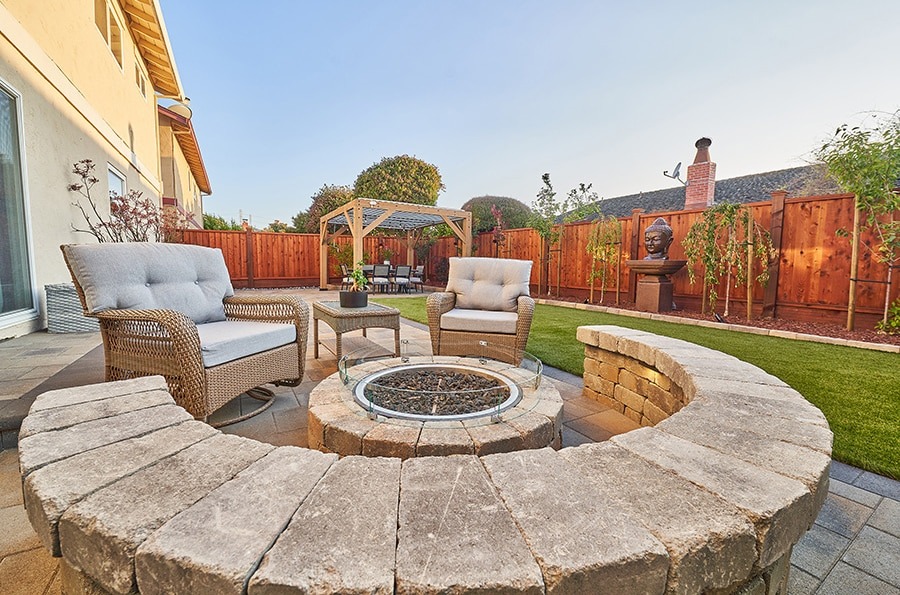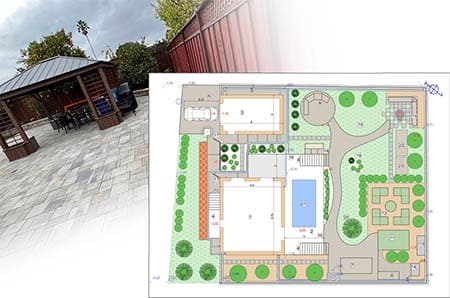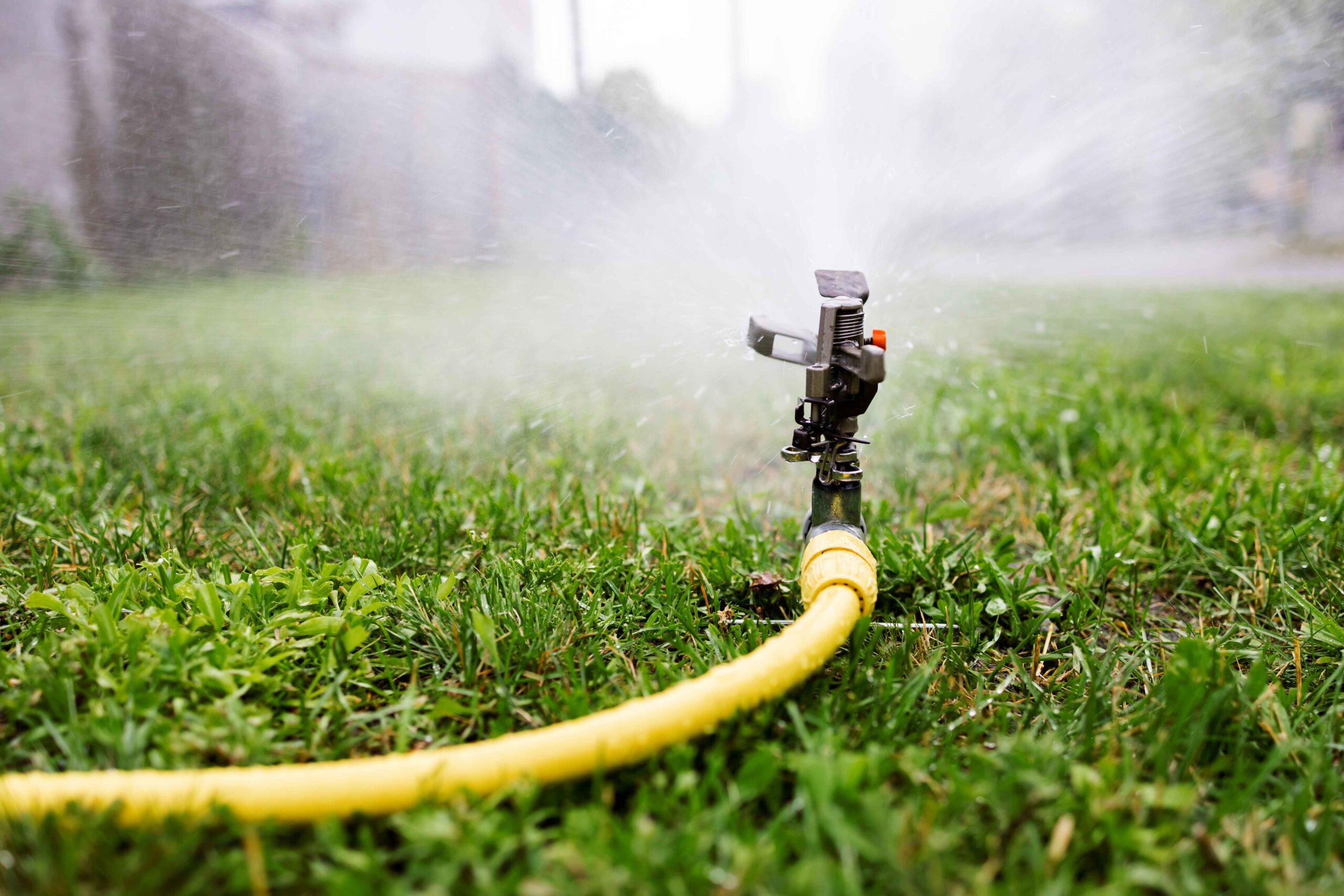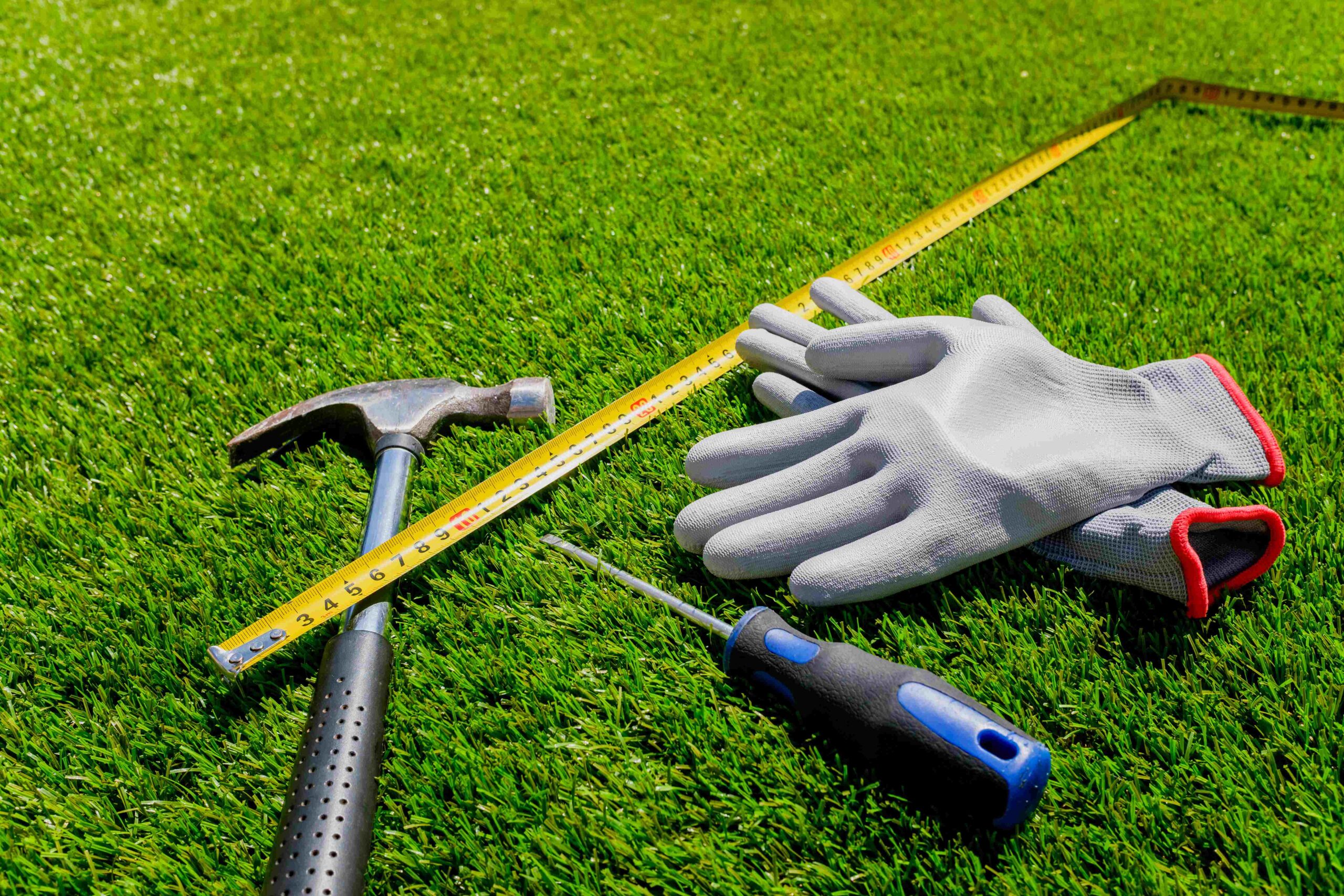The right backyard shade ideas can substantially change your outdoor living experience and make it up to 30 degrees cooler during hot summer days. Your backyard’s shaded spaces become perfect spots for dining, relaxation, and pool-side entertainment. Whether you’re looking for shade for your deck or innovative patio shade ideas, this guide has you covered.
Permanent structures like pergolas and gazebos add architectural appeal with lasting protection. Temporary options such as umbrellas and shade sails serve as flexible, budget-friendly alternatives. Retractable awnings blend these benefits and let you control sun exposure based on your needs.
Our detailed guide explores the best shade solutions for your outdoor space. You’ll learn about material selection and ways to combine different shade types. This knowledge will help create your dream backyard oasis with both function and style, transforming your outdoor living space into a comfortable retreat.
Assessing Your Backyard for Shade Needs
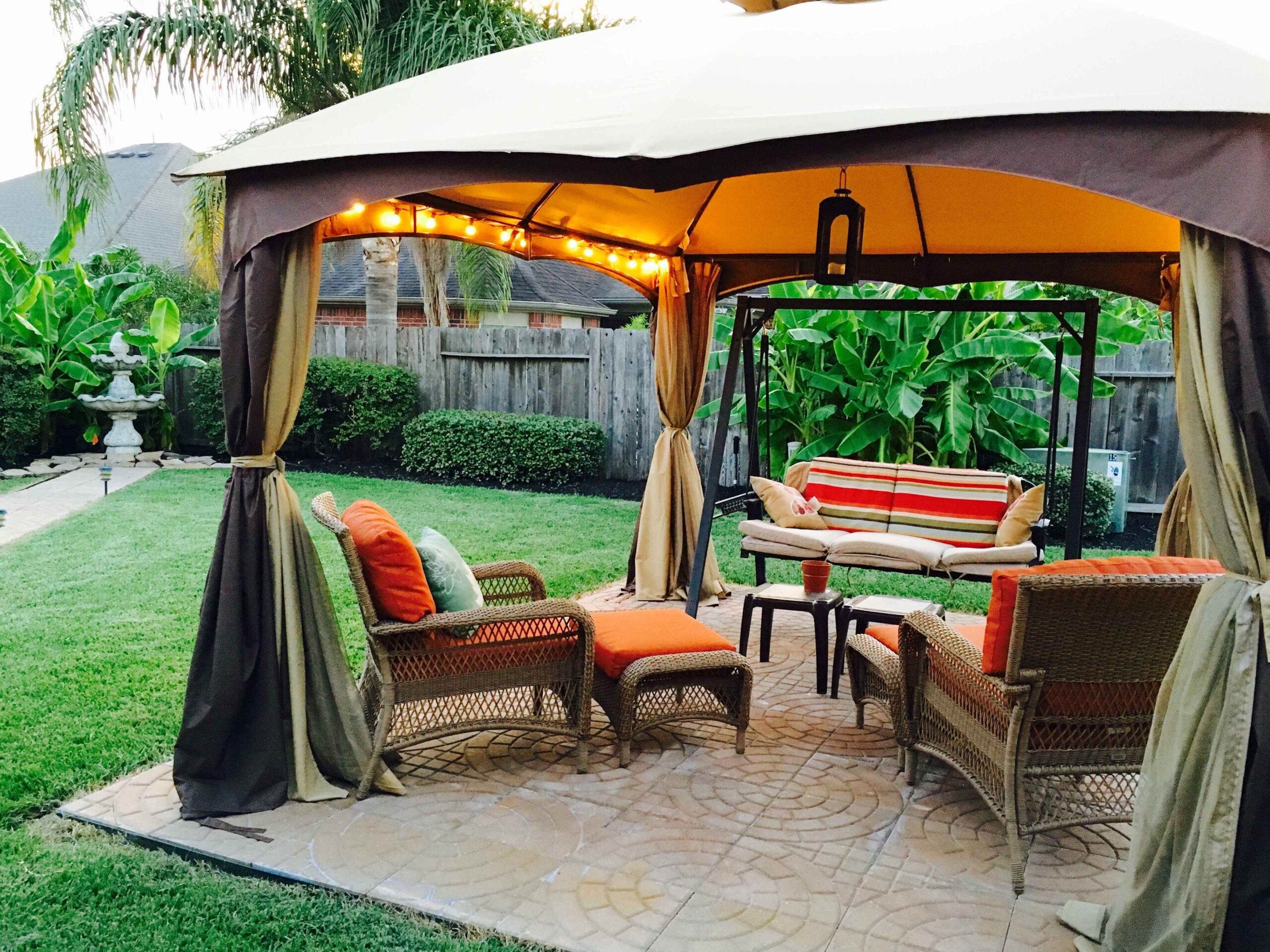
Before investing in any backyard shade structures, it’s crucial to understand your outdoor space’s light patterns. A comprehensive assessment will help you select shade solutions that work all season. You don’t want to realize too late that your new pergola or deck canopy doesn’t shade the right spots.
Check sun exposure throughout the day
To accurately map sun patterns, choose a clear, sunny day for a thorough shade audit. Sketch your yard’s layout, including important features like structures, trees, and open areas. This process is essential for developing effective sun shade ideas.
For accurate results, check your yard at these key times:
- Early morning (around 7-9 AM)
- Midday (11 AM-1 PM) when the sun is highest
- Afternoon (3-4 PM)
- Early evening (6-7 PM)
Mark sunny and shaded spots on your map at each interval, noting the time. This provides a complete picture of how light moves through your space, which is crucial for planning backyard sun shade ideas.
Remember, shadows are longest when the sun is near the horizon and shortest at midday. Your yard’s orientation also affects light patterns, with south-facing areas receiving the most sun and north-facing spaces the least.
Many smartphone apps can help track sun patterns. Alternatively, taking hourly photos from the same spot can visualize light changes, especially useful for yards with complex layouts or extensive landscaping.
Identify key activity zones (dining, lounging, etc.)
After mapping the sun, consider how you use your outdoor space. Different activities require varying levels of shade for comfort and functionality.
Start by identifying your main activity zones. Ask yourself:
- Where do you eat outside?
- Which spots do you use for relaxation?
- Where do the kids play?
- Do you have gardens that need sun protection?
Your activity zones should be situated away from grass areas to simplify maintenance. High-traffic areas work better with mulch or gravel instead of grass.
Dining areas benefit from shade during meal times to maintain pleasant temperatures. Kids’ play areas should have adequate midday shade when UV rays are strongest. Lounging spots benefit from adjustable shade options, allowing for sunbathing in cooler months and protection during summer heat.
Consider visibility when planning shade. You might want a clear view of the kids’ play area from the house, while areas like hot tubs could benefit from more privacy.
A targeted shade plan that enhances comfort in your most-used spaces comes from carefully analyzing your yard’s sun patterns and activity needs. This approach will help you develop the most effective outdoor shade ideas for your unique space.
Choosing the Right Shade Solution

Creating your ideal outdoor retreat requires selecting the right shade structures. The perfect choice depends on your specific needs, climate conditions, and how you’ll use your backyard space. You’ll need to balance permanence, materials, and budget when considering various patio shade structures and deck shade ideas.
Permanent vs. temporary options
Permanent and temporary shade structures each serve different purposes in your backyard oasis. Let’s explore both options:
Permanent structures like pergolas, pavilions, and fixed roof systems become integral parts of your home’s architecture. They increase property value and provide consistent coverage. These structures can make your home up to 20% cooler during summer. They also withstand harsh weather and require only basic maintenance.
Temporary shade solutions such as umbrellas, retractable awnings, and shade sails offer flexibility that permanent structures can’t match. They have lower initial costs than permanent options and can be moved or stored as needs change. These covers are ideal if you might want to repurpose your patio in the future.
Material choices: wood, metal, fabric
Your choice of materials affects your structure’s durability, aesthetics, and maintenance requirements:
Wood brings natural beauty and warmth to your space. Cedar and redwood naturally resist rot and insects, making them excellent choices for outdoor structures. Wood is less expensive to build with but requires sealing and staining every 1-3 years.
Metal structures, particularly aluminum and steel, offer longevity and strength. Aluminum remains lightweight and corrosion-resistant with minimal upkeep. Steel provides maximum strength but may need protective coatings to prevent rust. Both metals come in various colors and styles.
Fabric options allow better air circulation while blocking harmful UV rays. High-density polyethylene (HDPE) mesh blocks up to 95% of UV rays and allows hot air to escape. These structures are easier to maintain, and replacing fabric components is less costly than wood or metal repairs.
Budget considerations
Smart cost planning considers both current expenses and long-term value.
Vinyl pergolas are budget-friendly and require little maintenance while remaining durable. Larger permanent structures range from $8,000-$25,000 for cedar pergolas to $30,000-$75,000 for roofed structures, including materials and labor.
Permanent structures require a larger upfront investment but add more value through increased property worth and fewer replacements. Temporary solutions provide immediate shade at a lower initial cost but may need more frequent replacement.
For those seeking inexpensive patio shade ideas, options like DIY shade structures, pop-up canopies, or strategically placed umbrellas can offer affordable solutions without compromising on comfort.
Popular Backyard Shade Cover Ideas
Your perfect outdoor retreat begins with exploring various shade structures for your backyard. These popular options protect you from harsh sunlight and enhance your landscape’s appeal, ranging from eye-catching architectural features to flexible temporary solutions.
Pergolas and gazebos
Pergolas and gazebos add architectural beauty while providing varying levels of shade. Pergolas feature slatted roofs that allow filtered light through, ideal for areas where you want some sun exposure. Gazebos have solid roofs, offering complete protection from sun and light rain.
Wood pergolas adapt to many designs and can be stained or painted to complement your home’s exterior. Vinyl versions may not look as natural initially but require less maintenance. You can create a more organic look by growing climbing vines on pergola posts, adding shade and creating a garden-like atmosphere.
A gazebo elevates your backyard, creating a sheltered space that protects guests and furniture. These structures are perfect for outdoor entertaining, and they look magical with string lights at night, whether you choose wood or steel frame options.
Retractable awnings and canopies
Beyond permanent structures, retractable awnings allow you to adjust sun exposure based on weather conditions. They can be installed right outside your back door for quick shade. Available in motorized versions that operate with a button press or manual options using a crank, these versatile shade solutions offer flexibility for your outdoor living space.
Pop-up canopies provide an affordable temporary option, perfect for occasional backyard events. These portable structures are set up quickly to shade your guests and can be easily stored away after use, making them an excellent choice for those seeking backyard canopy ideas.
Shade sails and umbrellas
Shade sails work beautifully in areas where regular structures don’t fit. These triangular, square, or rectangular fabric pieces block harmful rays and add a stylish element to your outdoor space. Secure the corners to mounting points with hardware like turnbuckles or carabiners. For optimal performance, set up one corner lower than the others to ensure proper water drainage.
Patio umbrellas remain a reliable choice for outdoor shade ideas. They come in weather-resistant fabrics with a variety of colors and patterns to protect you from sun and light rain. Choose from traditional umbrellas with solid bases, cantilever designs with offset bases, or wall-mounted half-round versions for tight spaces.
Natural shade from trees and plants
Trees stand as nature’s original and most eco-friendly shade makers. A mature tree can cool the surrounding air by up to 6°F through shade and evapotranspiration. The air under trees feels up to 25°F cooler than above nearby blacktop. Planting deciduous trees on southern sides provides summer shade while allowing winter sun through. American sycamore, hybrid poplar, and red maple grow quickly and make excellent shade trees, enhancing your overall landscaping.
Installation and Design Tips
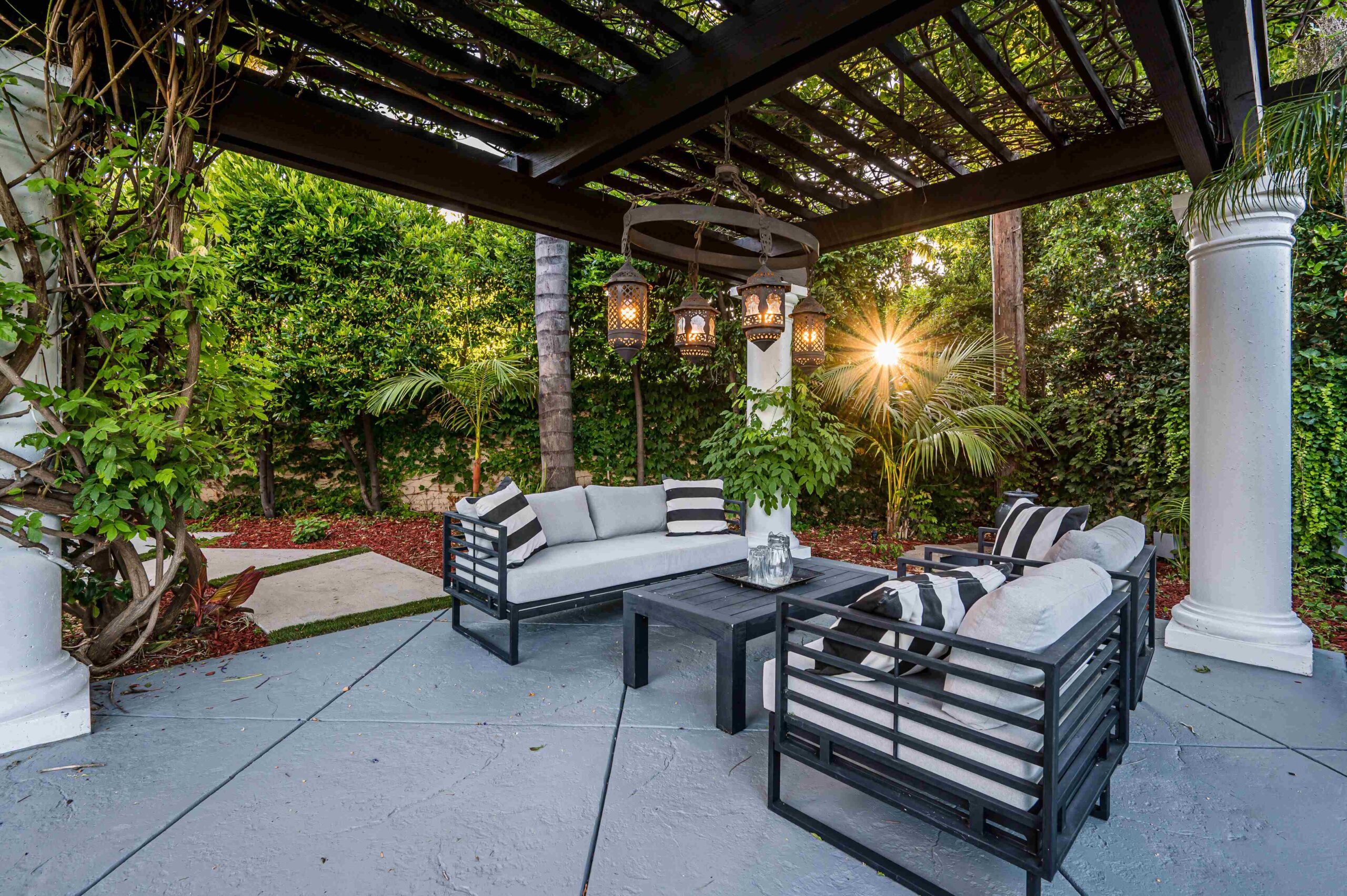
Simple shade structures become inviting outdoor retreats through expert installation and thoughtful design. You can create a backyard oasis that serves both function and beauty by layering different shade elements and adding well-planned lighting. Whether you’re working on deck awnings ideas or considering a DIY shade structure, these tips will help you achieve the perfect balance.
Combining multiple shade types
The most effective outdoor spaces feature multiple shade types that work together seamlessly. A single solution rarely provides complete backyard shade coverage.
Pairing permanent and temporary structures maximizes flexibility. A pergola with retractable canopies allows you to control sunlight filtration and adjust based on the season or time of day. Umbrellas make great additions to specific areas, especially near pools where you need movable protection.
Shade sails and umbrellas work exceptionally well together in larger yards. For instance, matching canopy-style umbrellas along a pool’s edge create a resort-like feel and provide shade to everyone throughout the day.
Natural elements significantly enhance constructed shade. Climbing plants like wisteria or ivy growing through pergola slats increase coverage and visual appeal. These vines can transform a simple structure into a lush, organic canopy that offers denser shade than the pergola alone.
Adding lighting and decor for ambiance
Your perfectly positioned shade structure needs proper lighting to be enjoyed after sunset. The right lighting extends outdoor living time into the evening hours.
Some practical lighting options for shade structures include:
- String lights woven through pergola beams for a magical overhead glow
- Recessed lights installed along ceiling beams for subtle illumination
- Lanterns mounted on posts for warm, traditional appeal
- Solar-powered stake lights around the perimeter for subtle floor illumination
Lighting serves beyond function—it makes your shade structure a focal point. Strands of twinkling string lights create an intimate atmosphere that’s perfect for evening entertaining.
Outdoor curtains add both decorative flair and extra shade when the sun angles in at sunrise or sunset. Their soft, organic texture creates a defined space that feels like an extension of your home.
Note that outdoor lighting fixtures must have exterior ratings, even under covered structures. This approach will maintain their appearance and functionality despite humidity, heat, and exposure over time.
Transform Your Space Today—Explore Top Shade Ideas for Backyard Living
Good shade planning can turn basic backyards into comfortable spaces you can enjoy all year round. The right combination of shade solutions might look complicated at first, but you can make better choices by understanding what your space needs. You can add lasting value with permanent structures like pergolas, keep things flexible with temporary options, and bring natural beauty to your outdoor sanctuary.
The right materials and strategic lighting naturally create welcoming spaces for both daytime use and evening entertainment. Your yard gets complete coverage when different types of shade work together, and you still have the flexibility to adapt as seasons and activities change.
Contact us here at Opulands, to discuss your needs, options, and what suits your space. Beautiful yards start this way – schedule a consultation today to get answers to your questions and a clear path forward!
A well-planned shade setup leads to years of outdoor enjoyment. Your backyard will become a cool, comfortable oasis ready for endless relaxation and fun, whether you choose a striking pergola or patio cover, we have you covered.
FAQs
Some budget-friendly shade options include shade sails, pop-up canopies, and large patio umbrellas. These temporary solutions offer flexibility and can be easily moved or stored when not in use. DIY patio shade ideas can also be cost-effective for those handy with tools.
For wind-resistant shade, consider sturdy structures like pergolas or gazebos. If using temporary options, ensure they’re properly anchored and choose high-quality materials designed to withstand outdoor conditions. Permanent shade structures generally offer better wind resistance.
For pool areas, cantilever umbrellas or shade sails are excellent choices. They provide ample coverage without obstructing the pool area and can be adjusted as needed throughout the day. A planted pergola near the pool can also offer natural shade and enhance the overall landscaping.
Combining multiple shade types can provide comprehensive coverage. For example, you could use a pergola as a main structure, add retractable awnings for flexibility, and incorporate umbrellas for targeted shade in specific areas. This approach allows you to create a versatile outdoor living space with various shade options.
String lights woven through pergola beams, recessed lights along ceiling beams, lanterns mounted on posts, and solar-powered stake lights are all great options for adding ambiance to your shaded outdoor space. These lighting solutions can transform your backyard or deck into a cozy retreat for evening entertaining.

